
A serger will speed up your sewing and finish edges in a snap, but before you buy one, do your homework so you know what you're looking for.
If you’re in the market for a new serger, whether your first or as a replacement, don’t head to the store uninformed. Start by reading “What Kind of Serger Is Right for You?” in Threads #108 (Aug./Sept. 2003), which provides guidelines for analyzing your sewing needs, information about what various serger features can do for your sewing, and a comparison chart of 49 available sergers. You’ll be able to start narrowing the field to find a serger that will make your sewing faster, neater, and more efficient.
The test-drive: Get ready, get swatch sets, go
For the most realistic assessment of how a serger will work for you, plan to test-sew the sort of fabrics you use most frequently. We recommend bringing along some stretch knits as well as a selection of woven fabrics. Assemble a set of representative swatches for each machine you want to try, and print out the Test-drive checklist as well. Sew (and label) samples, take notes, and then do your own comparison.
A serger will speed up your sewing and finish edges in a snap, but before you buy one, do your homework so you know what you’re looking for. Use our handy Test-drive checklist to keep track of the machines you’ve examined.
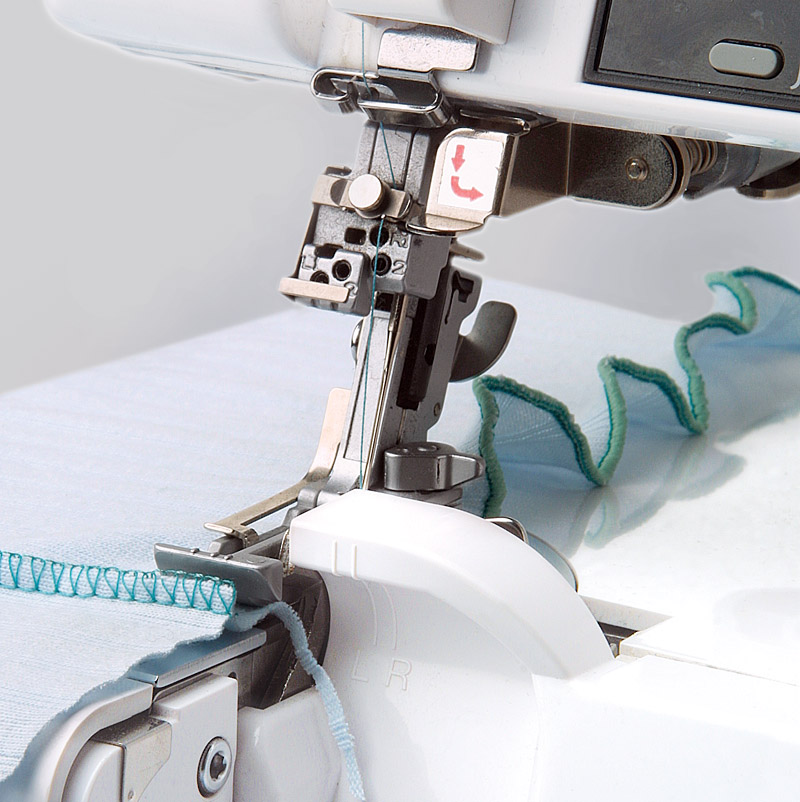
Serger test-drive checklist
Model name and number:
Date:
Attach the dealer’s business card and any sewn samples for easy reference.
Familiarize yourself with the machine
- Examine the serger, and locate major controls, dials, and switches.
- Flip the presser foot up and down.
- Evaluate the lighting.
- Evaluate the noise level and vibration of the machine, and note the type of surface it’s sitting on.
- Hold onto the thread chain and stitch without fabric.
- Disengage and re-engage the upper knife.
- Is a trim-catcher provided? Yes ___ No ___
Sew stitch samples
Test the following stitches, if present, and label the samples.
Two-thread stitches: Overedge/Rolled hem
Three-thread stitches: Flatlock/Overlock/Rolled hem
Four-thread stitch: Overlock
Five-thread seam (overlock plus safety chainstitch)
Cover stitch
Request demonstrations
Ask the dealer to show you the following procedures, and try them yourself:
- Engaging the differential feed (sew samples on stretch fabric and tightly woven fabric)
- Chain- and/or cover-stitch conversion
Other considerations
- What kind of training is offered with the purchase of the machine?
- What type of maintenance does the dealership recommend and provide?
- What optional accessories are available for this model?
Photo: David Page Coffin
This post is an online extra to “What Kind of Serger is Right for You?” in Threads #108, Aug./Sept. 2003.



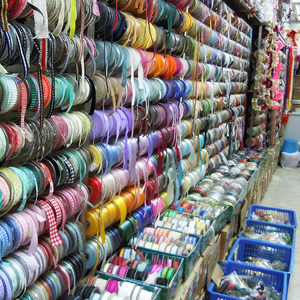





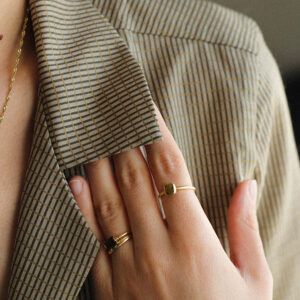
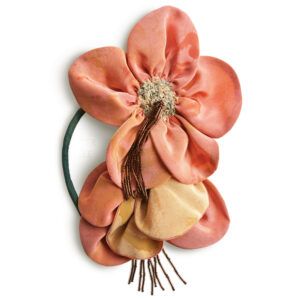
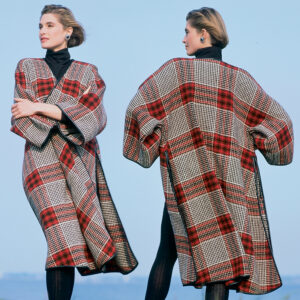

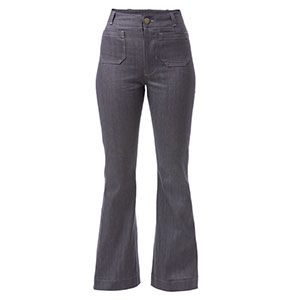
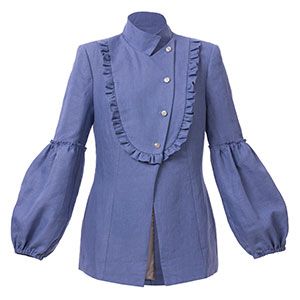
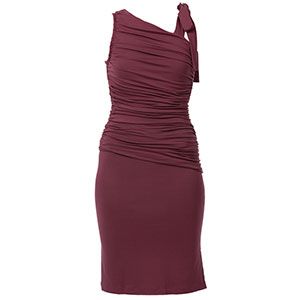
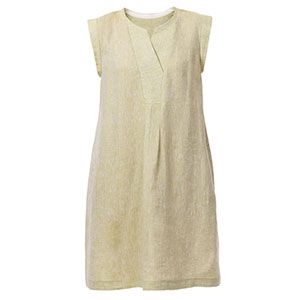
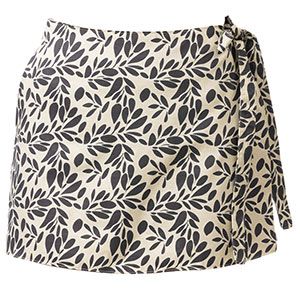
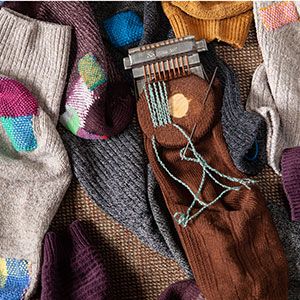
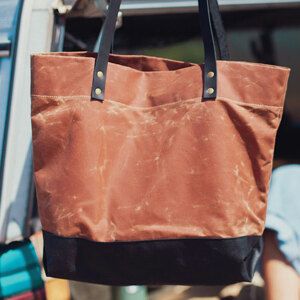
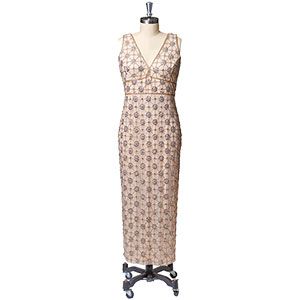

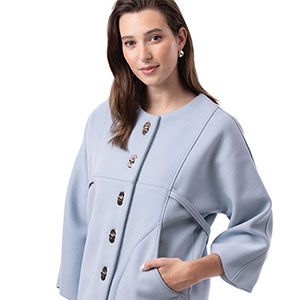
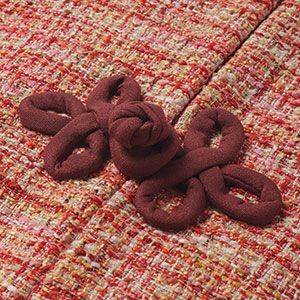








When considering buying a particular serger, one of the most important things to do is to thread it, beginning with loading the thread spools and go from there. I switched to a self-threading serger, which works perfectly with little hassle.